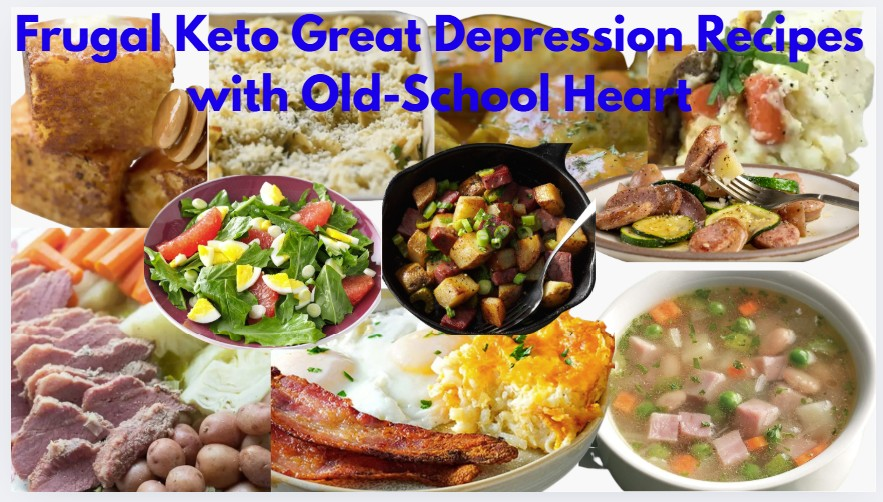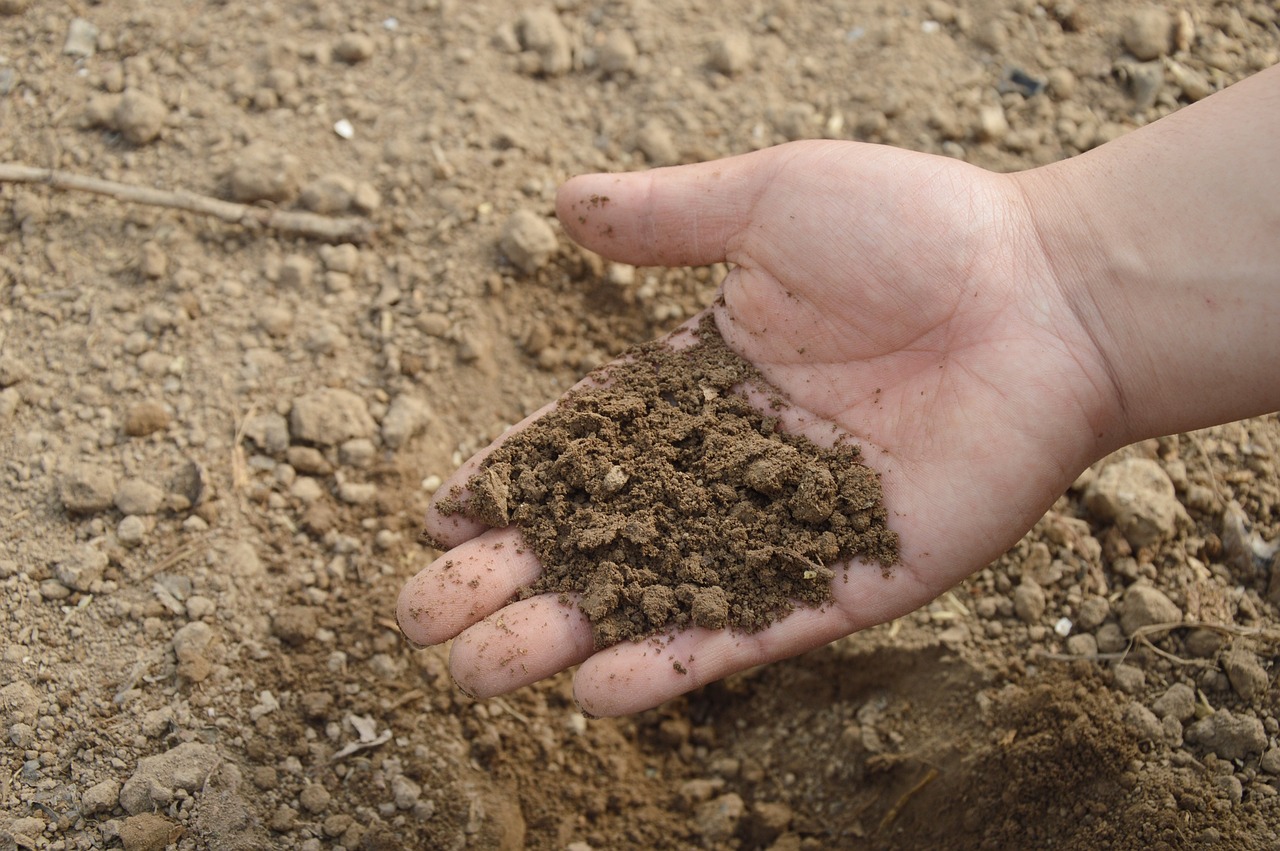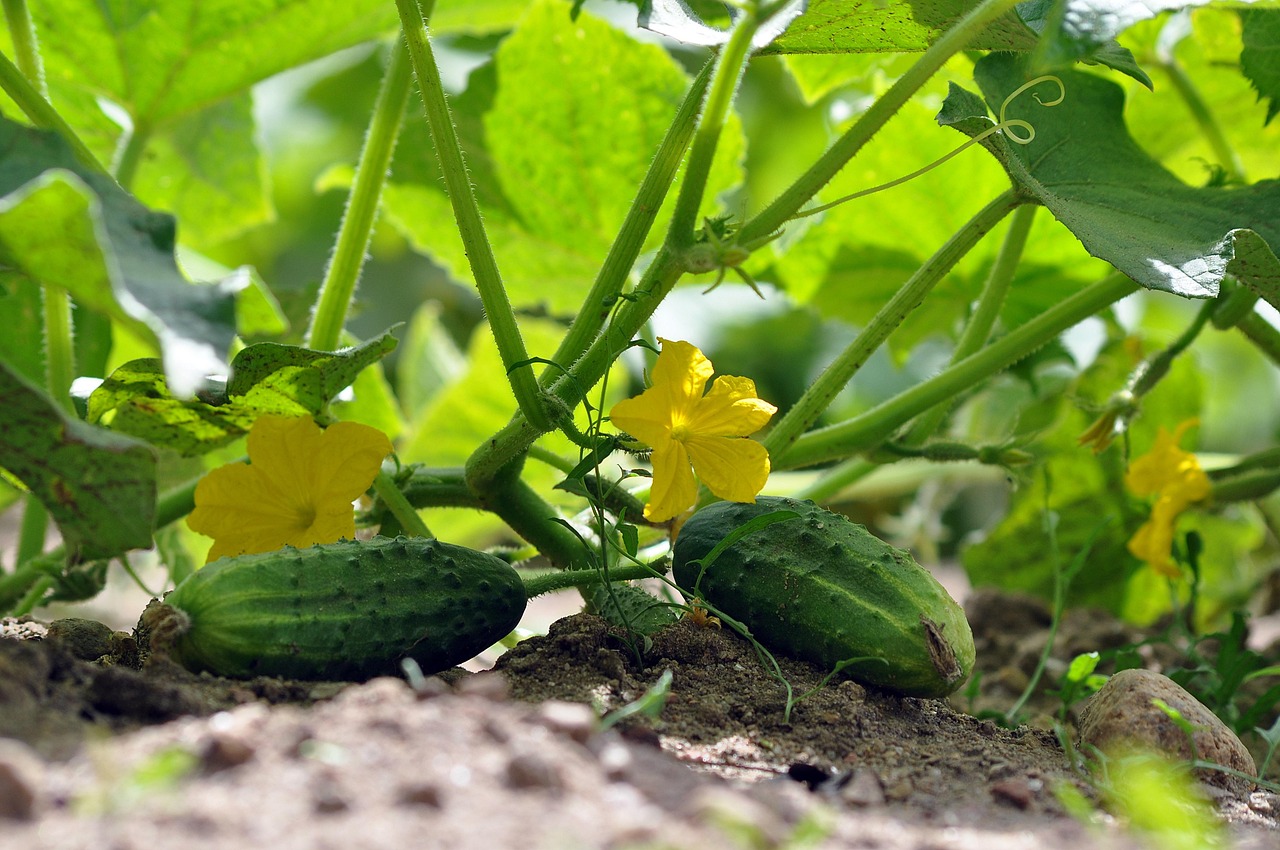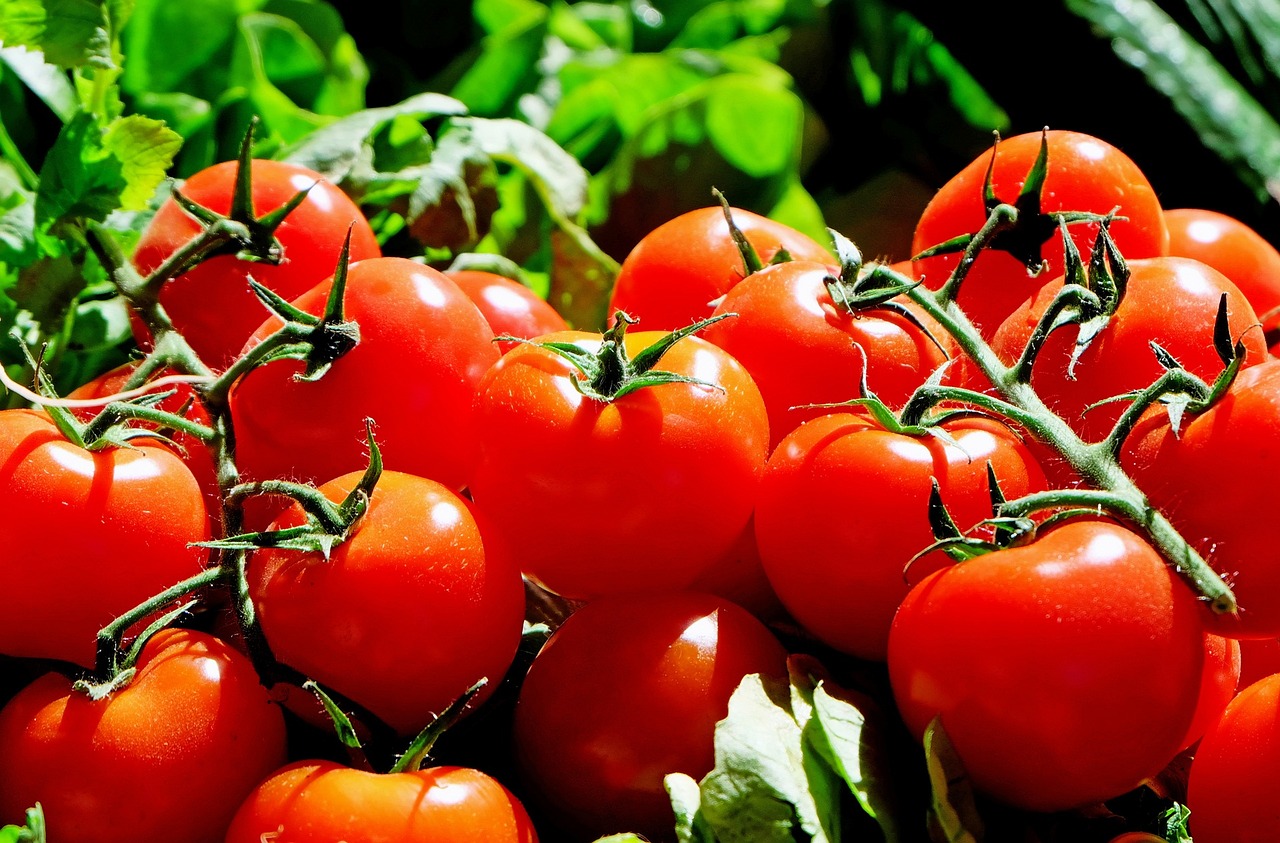When you imagine a perfect yard or garden, you probably think of green plants and colorful flowers. But soil is just as important as the plants themselves. Healthy soil supports strong growth and steady blooms. Without the right nutrients in the soil, all your watering and planting may not help much. Yellow leaves or small plants usually mean the soil is missing something. Finding and fixing the soil nutrient deficiencies can bring a struggling garden back to life. When you know what your soil needs, your plants will grow better, and your garden will thrive.
- Common Soil Nutrient Deficiencies in Yards and Gardens
- How to Diagnose and Correct Soil Nutrient Deficiencies
- 8 Free Ways to Improve Your Garden Soil Quality
- Check your Soil each Year
Common Soil Nutrient Deficiencies in Yards and Gardens
Healthy soil is much more than dirt with some fertilizer mixed in. Real soil needs a balance of macronutrients (like nitrogen, phosphorus, and potassium) and lesser-known ones (such as calcium, magnesium, and iron). When one element falls short, plants react in visible ways.
Symptoms help narrow down what’s missing. It’s like detective work for gardeners—spotting clues and matching them to the right culprit. Let’s break down the most common deficiencies, what they look like, and the best fixes.
Signs and Symptoms of Nitrogen Deficiency
Nitrogen makes plants green and drives leafy growth—think lettuce and tomatoes. It’s the main thing most vegetables crave. When soil lacks nitrogen:
- Lower leaves turn yellow
- Growth slows (plants look small and spindly)
- Wilting may happen, even if you’re watering right
How to fix it:
- Mix in aged poultry manure or blood meal before planting. They kickstart nitrogen fast.
- Plant a winter cover crop like clover to boost future nitrogen.
- Before spring planting, work in well-made compost or organic matter for a steady feed.
I’ve seen tomato seedlings perk up overnight with a little blood meal added to the soil. It’s like plant espresso.
Calcium Deficiency
Calcium isn’t just for strong bones—plants need it, too. It supports cell walls and helps fruits and flowers form correctly. Here’s what you might spot:
- Blossom end rot on tomatoes, peppers, squash (dark, sunken spots on the “bottom” of fruit)
- Leaf edges turn yellow or curl up
- Growing tips may blacken
- Stems and leaves stop growing as they should
Fixes:
- Add bone meal or garden lime during bed prep.
- Crush clean eggshells and dig them in at planting time.
- Use a calcium spray for a quick green-up if plants are in trouble mid-season.
Tomatoes love a handful of finely ground eggshells mixed into the planting hole.
Magnesium Deficiency
Magnesium powers chlorophyll—the green pigment in leaves. If your soil’s short on magnesium:
- Lower leaves yellow (but veins may stay green)
- Some crops get purple or reddish splotches
- Fruits and vegetables look small and hard
How to fix it:
- Blend in rich compost at the start of the season.
- Add Epsom salt: mix a tablespoon or two into soil at planting, or dissolve in water for a foliar spray.
Old-timers often swear by Epsom salts for peppers and tomatoes, and you’ll likely notice the difference within a week.
Indicators of Phosphorus Deficiency
Phosphorus helps roots grow deep and flowers set fruit. It’s the “P” in N-P-K fertilizers. Without it:
- Plants look stunted, skinny, with thin stems
- Fewer blooms and smaller fruit set
- Leaves (especially young ones) take on a purple tint
How to fix it:
- Mix in bone meal or rock phosphate when prepping beds.
- Supplement with aged chicken manure.
- For established plants, foliar spray with fish emulsion weekly for a gentle nudge.
Phosphorus problems are common in cold soil at the start of the season but usually improve as the ground warms.
Signs of Potassium Deficiency
Potassium supports fruiting and fights disease in your patch. Watch for:
- Leaf edges appear burnt or dried out
- Weak stems that flop over
- Roots don’t develop right
- Fruit falls before it’s ready
Fixes:
- Bury banana peels in planting holes for a slow, steady release.
- Sprinkle wood ash sparingly (too much can burn roots).
- Greensand (if you can find it) is another organic fix.
I tried banana peels for tomatoes last summer—nice improvement in both yield and taste.
Micronutrient Deficiencies: Iron
Iron helps build chlorophyll, just like magnesium. Shortages usually show up as:
- Newest leaves go yellow, but leaf veins stay green (a classic “interveinal” yellowing)
- Leaves may look almost white in severe cases
You won’t see fruit problems—just pale, sad-looking leaves, especially on acid-loving plants like blueberries or azaleas.
Treatment:
- Try foliar sprays labeled “chelated iron” or “iron sulfate”
- Sulfur or organic mulch can lower soil pH and help roots absorb iron if alkaline soil is to blame

How to Diagnose and Correct Soil Nutrient Deficiencies
Guesswork only goes so far. Modern soil tests do most of the heavy lifting. Here’s how to read what your soil’s telling you (and act on it).
How to Test Your Soil Effectively
- Take sample soil from several places in your yard or garden.
- Mix samples, let them dry, then send to your local extension office or buy a reliable home kit.
- Test in early spring to catch problems before planting.
Getting solid data will save you time and money on needless amendments.
Understanding Soil Test Results and Targeting Problems
Results usually tell you levels of nitrogen, phosphorus, potassium, pH, and sometimes calcium and magnesium. Focus on what’s below “optimal.” Recommendations will often point to what’s needed most.
Look for trends—if pH is high, nutrients might be present but locked out. Some tests even suggest what to add and how much.
Natural Solutions: Compost, Mulches, and Organic Fertilizers
- Regular compost boosts just about every nutrient slowly and safely.
- Mulch with grass clippings, shredded leaves, or straw to feed the soil as they break down over time.
- Choose organic fertilizers that match what your plants lack.
Compost feels a bit like magic—toss in scraps all year, then spread black gold in spring.
Choosing and Using Chemical Fertilizers Safely
Chemical fertilizers can work if you’re careful (and don’t overdo it). Always:
- Read the label and stick to guidelines.
- Water well after applying to avoid burning roots.
- Use a slow-release option for less risk.
Plants respond fast, but the payoff can be short-lived if you skip the basics of soil care.
Long-Term Strategies to Maintain Healthy Soil
- Rotate crops each year to avoid depleting single nutrients (tomatoes after beans, not after tomatoes—switch things up).
- Sow cover crops (like clover or vetch) in empty beds over winter.
- Keep tilling to a minimum to let earthworms and microbes thrive.
Over time, soil gets better, not worse, with this style of gardening.
8 Free Ways to Improve Your Garden Soil Quality
You don’t need fancy products or expensive amendments. Try these:
- Chopped Leaves (or Leaf Mold): Pile up fall leaves, run over them with a mower, and pile into beds. Leaf mold is half-rotted leaf mulch—superb for soil life.
- Wood Chips: Use under fruit trees or paths for slow-release nutrients.
- Wood Ash: Sprinkle lightly on beds for potassium but test pH first.
- Your Kitchen Scraps: Compost veggie peels and fruit rinds for a nutrient-rich boost.
- Coffee Grounds: Mix into soil or mulch. They add texture and trace nutrients—especially loved by blueberries and azaleas.
- Urine: Dilute fresh urine 10:1 with water and use as a nitrogen source.
- Manure: Well-rotted manure from chickens, cows, sheep, rabbits, or horses packs a nutrient punch.
- Spent Hay or Straw: Use as mulch and compost ingredient—it feeds soil steadily over time.
Each of these options won’t just feed plants; they’ll also bring in worms and soil microbes, giving the whole system a lift.
Check your Soil each Year
Good soil is the key to a healthy yard or garden. When you add the right nutrients the right way, your plants grow strong and produce plenty.
Test your soil every year and give it what it needs. Your garden will repay you with greener leaves and better crops. Watch your plants and mix in the right soil treatments. Getting your hands dirty is worth it — living soil is your garden’s best tool. Enjoy planting!













